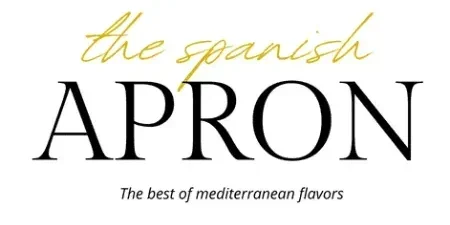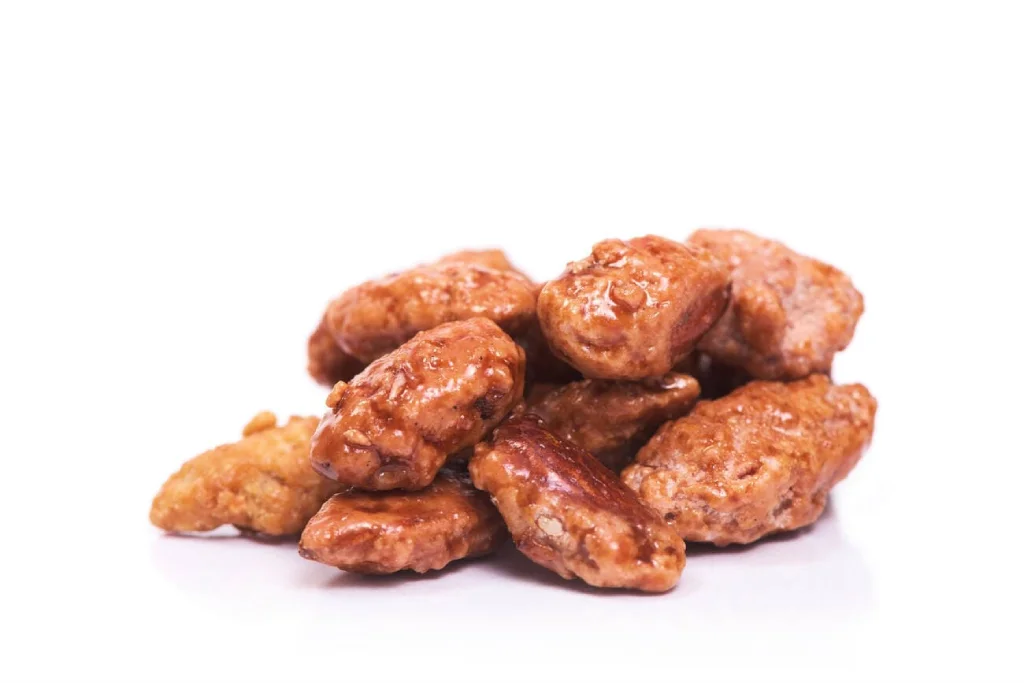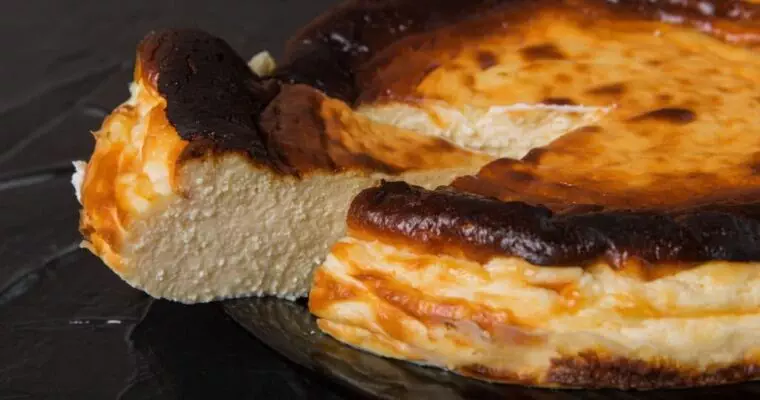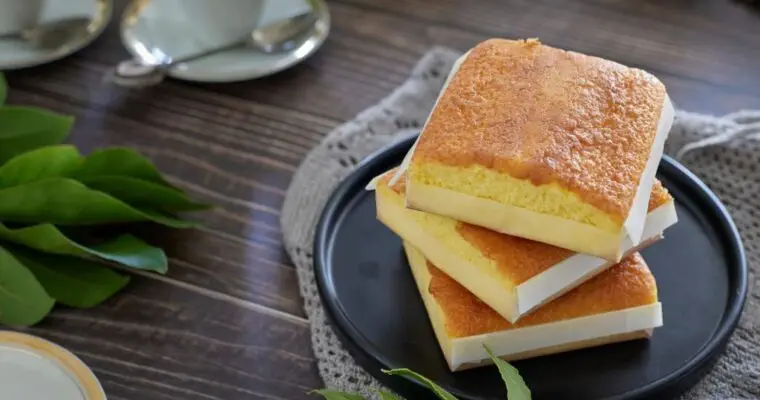Spanish caramelized almonds, or “almendras garrapiñadas,” evoke sweet memories for many people. From childhood fairs to Christmas markets, these crunchy sugar-coated treats have been a staple of Spanish tradition. Though not as commonly found today as in the past, they still hold a cherished place during holidays and festive occasions. They may seem quintessentially Spanish, but caramelized almonds are also widely enjoyed across Europe, especially in Christmas markets throughout Central Europe.
Making them at home isn’t difficult, and with a few tweaks like reducing the sugar or adding a hint of cinnamon or vanilla, you can create a personalized batch perfect for gifting.
Table of Contents
Key Ingredients for Making Spanish Caramelized Almonds
The beauty of Spanish caramelized almonds lies in their simplicity. The traditional recipe typically calls for equal parts almonds and sugar, though this can be adjusted to taste. You’ll also need some water to help with the caramelization process and prevent burning. Spices like cinnamon or vanilla extract can be added to enhance the flavor.
- Almonds: Choose whole, raw almonds with the skin on for a traditional look and taste.
- Sugar: White granulated sugar works best for the classic recipe.
- Water: Though some recipes skip water, it helps create a more manageable caramel.
- Optional Flavors: Cinnamon, vanilla, or even orange zest can add a special touch.
Step-by-Step Guide: How to Make Spanish Caramelized Almonds
- Prepare the ingredients: Measure equal parts almonds and sugar (e.g., 200g each) and 100ml of water.
- Heat the sugar and water: In a large pan, heat the water and sugar together until the sugar dissolves and forms a syrup.
- Add the almonds: Stir in the almonds, keeping the mixture on medium heat. Stir constantly to prevent sticking and ensure even caramelization.
- Caramelize: As the water evaporates, the sugar will start crystallizing around the almonds. Keep stirring until the sugar melts again and coats the almonds in a shiny glaze. Adjust the heat as necessary to prevent burning.
- Cool and store: Once the almonds are evenly coated and golden, spread them on a lined baking sheet to cool. Store them in airtight bags or jars.
For a less sweet version, reduce the amount of sugar. You can also let the sugar crystallize without fully melting it again for a more rustic, matte finish.
Tips for Adjusting Sugar and Adding Unique Flavors
After trying a few batches at home, you might prefer to tweak the recipe to match your tastes. Reducing the sugar slightly can prevent the almonds from being overly sweet while using a small amount of water makes the caramel easier to work with.
For those wanting a twist, adding cinnamon or a drop of vanilla during the cooking process can infuse the almonds with subtle holiday flavors. Experimenting with spices like cardamom or a pinch of sea salt can also create interesting contrasts.
Candied Almonds at Fairs and Christmas Markets
Caramelized almonds hold a special place at Spanish fairs and events, particularly during the Christmas season. The aroma of freshly cooked almonds coated in sugar can draw anyone closer. While they’re most associated with Christmas, you can find them year-round at traditional Spanish markets or festive events like carnivals.
These almonds are also popular across Europe, particularly in Germany, Austria, and France, where they are sold at Christmas markets as a warming, nostalgic treat. Whether in Spain or abroad, they’re always a festive favorite.
International Variations: Caramelized Almonds Across Europe
Though caramelized almonds are iconic in Spain, they’re equally beloved in other European countries, especially during the holiday season. In Germany, they are known as “gebrannte Mandeln” and are a staple of Advent markets. These versions tend to be slightly crunchier and may include spices like cinnamon or cloves. In France, you’ll find “pralines roses,” almonds coated in sugar-dyed pink.
How to Gift Caramelized Almonds for the Holidays
One of the best things about making these Spanish caramelized almonds at home is that they make a fantastic homemade gift. Simply package them in decorative bags or jars with a festive ribbon, and you’ve got a thoughtful, delicious gift. Add a handwritten tag explaining the recipe’s tradition, and you’ve just elevated your gift-giving game.
Other Classic Spanish Christmas Recipes
If you’re looking to create a full spread of Spanish Christmas treats, consider these other festive recipes:
- Turrón: A nougat made with honey, sugar, and toasted almonds, traditionally enjoyed during Christmas.
- Polvorones: Crumbly almond cookies that melt in your mouth, dusted with powdered sugar.
- Mantecados: Another crumbly cookie made with lard, flavored with cinnamon or lemon.
- Roscos de Vino: Wine-infused ring-shaped cookies, often enjoyed with a glass of sweet wine.
These classic Spanish sweets complement caramelized almonds perfectly, rounding out a festive table full of holiday cheer.
FAQs About Spanish Caramelized Almonds
- Can I reduce the sugar in the recipe?
- Yes, you can slightly reduce the sugar to make the almonds less sweet. However, reducing too much may affect the caramelization process.
- How do I store caramelized almonds?
- Once cooled, store them in an airtight container to keep them crunchy. They can last up to a week at room temperature.
- Can I use other nuts besides almonds?
- Absolutely! Hazelnuts, pecans, or cashews work well with this caramelization method.
- Why are my almonds sticky?
- If the caramel doesn’t fully harden, it may be because the almonds didn’t cook long enough. Allow them to cool completely, and ensure you reach the right temperature when cooking.
Conclusion: Why Spanish Caramelized Almonds Are Timeless
Spanish caramelized almonds are more than just a treat; they’re a sweet reminder of simpler times, childhood memories, and holiday traditions. Whether enjoyed at a bustling fair or gifted in a thoughtful package, these almonds have a way of bringing people together. Simple yet irresistible, they remind us of the warmth of festive gatherings and the joy of sharing something homemade.
By making them yourself, you not only embrace a beloved tradition but also customize it to your taste, ensuring that this timeless treat remains a part of your celebrations for years to come.
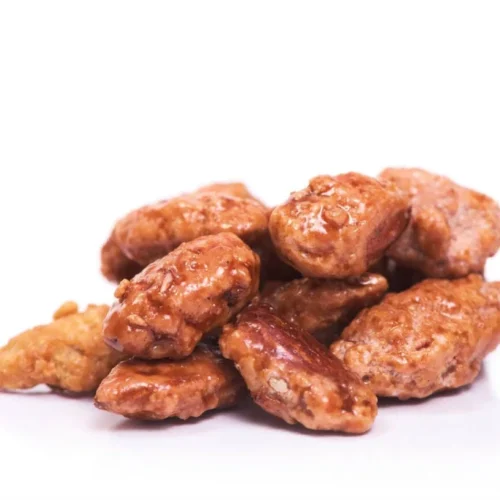
5 Essential Steps to Make Perfect Spanish Caramelized Almonds
Ingredients
- 200 g Raw whole almonds (with skin) (1 cup)
- 200 g Granulated sugar (1 cup)
- 100 ml Water (⅓ cup)
- ½ tsp Ground cinnamon (optional)
- ½ tsp Vanilla extract (optional)
Instructions
- Prepare the ingredients: Measure equal parts almonds and sugar and 100ml of water.
- Heat the sugar and water: In a large pan, heat the water and sugar together until the sugar dissolves and forms a syrup.
- Add the almonds: Stir in the almonds, keeping the mixture on medium heat. Stir constantly to prevent sticking and ensure even caramelization.
- Caramelize: As the water evaporates, the sugar will start crystallizing around the almonds. Keep stirring until the sugar melts again and coats the almonds in a shiny glaze. Adjust the heat as necessary to prevent burning.
- Cool and store: Once the almonds are evenly coated and golden, spread them on a lined baking sheet to cool. Store them in airtight bags or jars.
Notes
More Tips:
- For a more rustic look, let the sugar crystallize without fully melting again.
- To reduce the sweetness, you can lower the sugar quantity slightly, but be careful not to affect the caramelization process.
